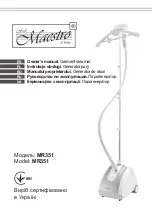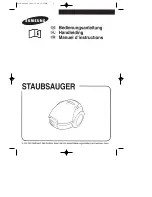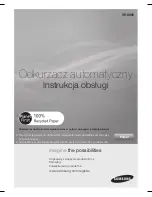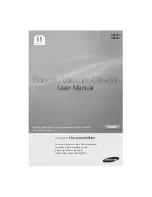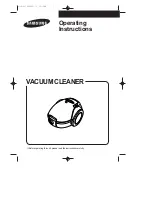
12
ATTENTION
Please follow all safety guidelines set out.
A defective battery should not be stored inside buildings on any account.
If a customer wishes to return a battery to a supplier, then collection of the battery must be
arranged by the supplier, however,
Faulty batteries must not be returned through the
postal system or by courier.
If on return to a supplier, OR at a customer base, a suspected defective battery shows
any signs of impact damage, distortion, blistering, loose parts or leakage then on no
account should it be offered for condition checking. It must be considered defective and the
procedures described from item 8 below should be followed.
If, on return to a supplier, OR at a customer base, a suspected defective battery, that shows
No signs of impact damage, distortion, blistering, loose parts or leakage, may be offered
for condition checking with an appropriate battery condition checking device operated by a
competent person.
If checking shows the battery to be defective then the procedures described from item 8
below should be followed.
If on checking the battery is found to be operational then a single recharge cycle under
observation can be attempted with the appropriate Numatic charger.
If the battery recharges correctly on this single recharge cycle then it can be deemed a good
battery.
If the battery fails to recharge correctly on this single recharge cycle then it must be deemed
a defective battery and the procedures described from item 8 below should be followed.
On no account must any further attempt to recharge be made.
A defective battery should not be stored inside buildings on any account.
The defective battery should be discharged by placing it in a container of salt water located
in a well- ventilated area. This container should contain 25 litres minimum of saline water at a
concentration of 15gr common salt / litre of water. The container should have a closed locked
lid but should not be sealed. The battery should be left fully immersed in the water to a depth
of at least 100mm for at least 2 weeks. The water should be disposed of as hazardous waste
when the discharge is complete.
The defective discharged battery can then be stored in a locked battery waste container
which should be plastic or plastic lined and placed away from buildings and clearly signed as
a defective battery container with appropriate warnings.
The batteries should then be sent for waste disposal according with your country’s waste
regulations.
1.
2.
3.
4.
5.
6
7.
8.
9.
10.
Care and Disposal of Li Ion Batteries
DEFECTIVE BATTERIES
Содержание NBV 180
Страница 4: ...4 1 2 Using the Machine Utilisation de la machine ...
Страница 5: ...5 7 8 9 5 6 3 1 2 4 1 2 10 Cleaning the machine Nettoyage de la machine ...
Страница 6: ...6 Machine Charging Charge de la machine Charge time 3 1 2 hours MAX Cleaning time 1 2 3 CLICK ...
Страница 7: ...7 Removing the Face Fitting the Face on 1 2 2 1 CLICK CLICK CLICK ...
Страница 8: ...8 601059 237373 Wand docking 2 1 3 2 4 1 Machine pictured is for demonstration purposes ...
Страница 24: ...244155 01 15 A09 NBV 180 ...

























